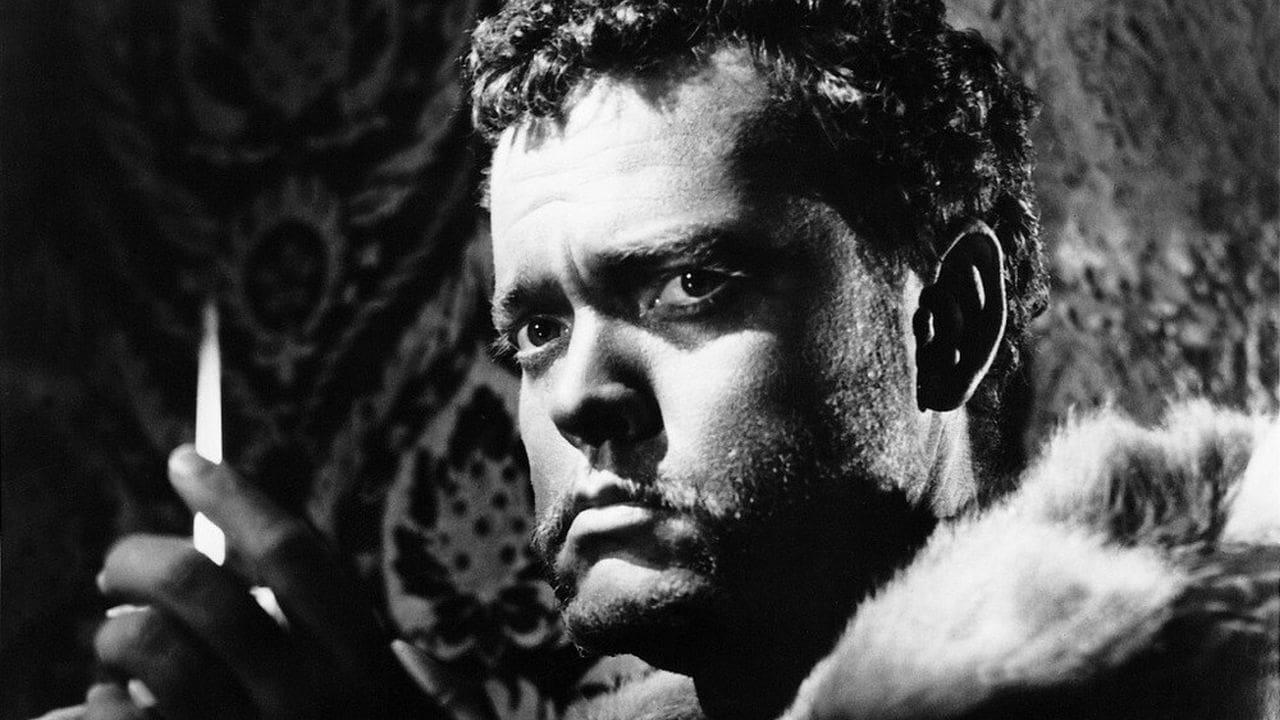
One of the fight scenes starts in Morocco, but the ending was shot in Rome several months later. The film found some imaginative solutions to a range of logistical problems the scene in which Roderigo is murdered in a Turkish bath was shot in that form because the original costumes were impounded and using replacements would have meant a delay. Because of lack of funds, production was stopped at least three times. When he ran out of money as well, he needed to stop filming for months at a time to raise money, mostly by taking part in other productions. Instead of abandoning filming altogether, Welles as director began pouring his own money into the project.

Shooting began in 1949, but was forced to shut down when the film's original Italian producer announced on one of the first days of shooting that he was bankrupt. One of Welles' more complicated shoots, Othello was filmed erratically over three years. Orson Welles and Suzanne Cloutier in Othello Three different versions of the film have seen theatrical release - two supervised by Welles, and a 1992 restoration supervised by his daughter, Beatrice Welles.

#OTHELLO ORSON WELLES MAC#
In addition to Orson Welles, the cast consisted of Micheál Mac Liammóir as Iago (one of his only starring film roles), Robert Coote as Roderigo, Suzanne Cloutier as Desdemona, Michael Laurence as Cassio, Fay Compton as Emilia and Doris Dowling as Bianca. Othello was filmed on location over a three-year period in Morocco, Venice, Tuscany and Rome and at the Scalera Studios in Rome. Recipient of the Grand Prix du Festival International du Film (precursory name for the Palme d'Or ) at the 1952 Cannes Film Festival, the film was distributed by United Artists when it was released in the United States in 1955. Othello (also known as The Tragedy of Othello: The Moor of Venice) is a 1951 tragedy film directed and produced by Orson Welles, who also adapted the Shakespearean play and played the title role.


 0 kommentar(er)
0 kommentar(er)
